We may associate terracotta used on buildings with Mediterranean countries but the material also has a history in Britain. Back in the 16th century, following Italian Renaissance precedents, it became common in England. In subsequent centuries terracotta (baked clay) was much less in fashion. The Victorians, however, rediscovered it.
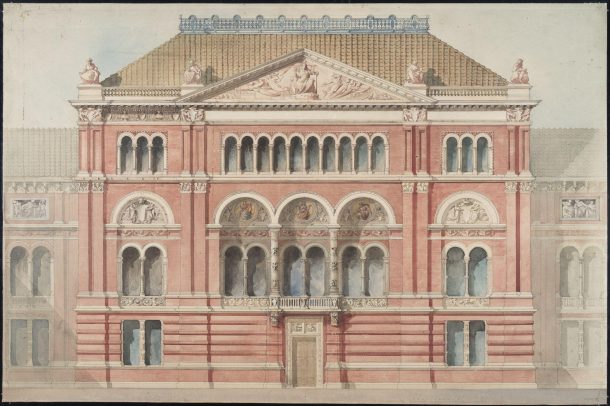
From the mid 19th century, designers, architects and builders took inspiration from historical styles that had used terracotta extensively. Simultaneously, they were thinking of ways to employ mechanization to produce high quality and low cost architectural decoration. Indeed terracotta seemed the perfect material. Although the know-how in Britain was lacking, a revival of this ancient art took place. Moreover, industrialists applied new technologies to it.
The V&A and the Royal Albert Hall are amongst the iconic buildings that demonstrate the early use of terracotta in the Victorian era. Over the course of a short series of blogs we will look at some key features of the terracotta revival in 19th century Britain and its historic roots.
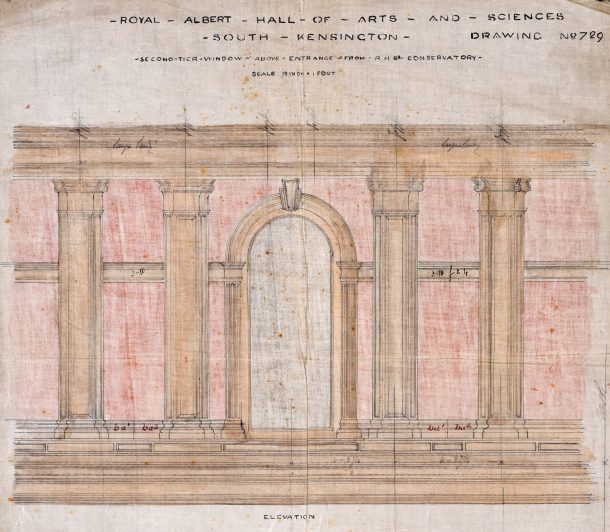
Architectural Terracotta in the Italian Renaissance
During the Renaissance terracotta became the material of choice in Northern Italy, particularly in Lombardy. Thus it features prominently in a number of significant architectures of the second half of the 15th century. One of the most notable examples is the Ca’ Granda in Milan. Its design goes back to the famous architect, sculptor and architectural writer Antonio Averlino called ‘il Filarete’ (1400-1469). Construction began in 1456.
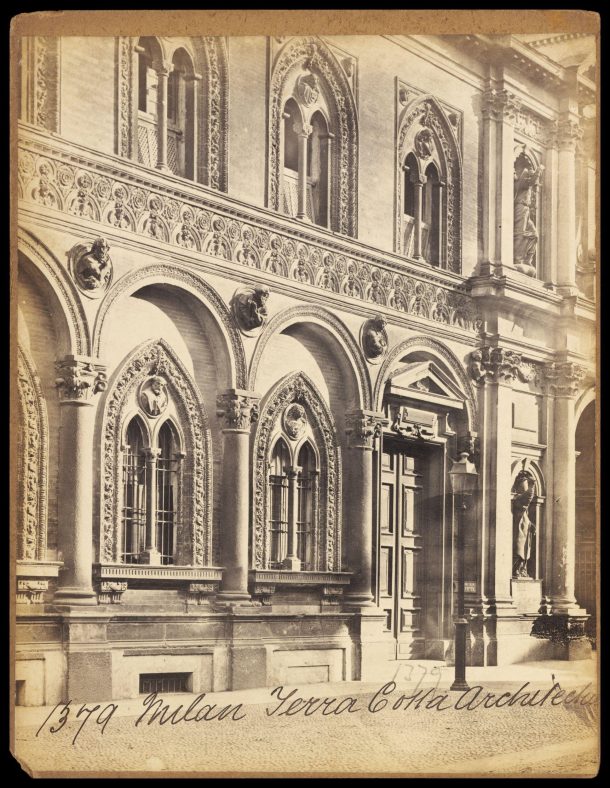
This building was one of the first Renaissance architectures built in Milan. It was part of the Ospedale Maggiore, a project fostered by the Duke, Francesco Sforza (1401-1466), who wanted a central institution to care for the sick in the city. Filarete described the project in detail in his Trattato di Architettura written 1460-64.
One of the most refined examples of Renaissance architectural terracotta is the Certosa in Pavia. The monastery was Built in 1396–1495. The especially remarkable cloisters date to the second half of the 15th century. A copy of a portion of the arcade in the Certosa’s Great Cloister is on display in the V&A’s Cast Courts. Here the museum, in the 1870es, assembled reproductions of exquisite sculptural and architectural masterpieces.
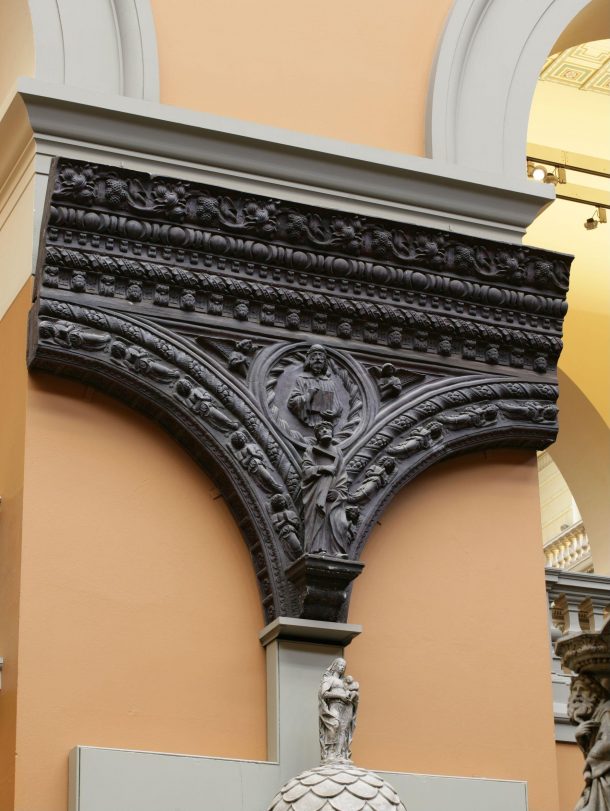
The museum also holds original, smaller scale, specimens of Italian architectural terracotta from the Renaissance. Copies and originals alike were intended as teaching material. They were to be a source of inspiration for contemporary architects and designers.
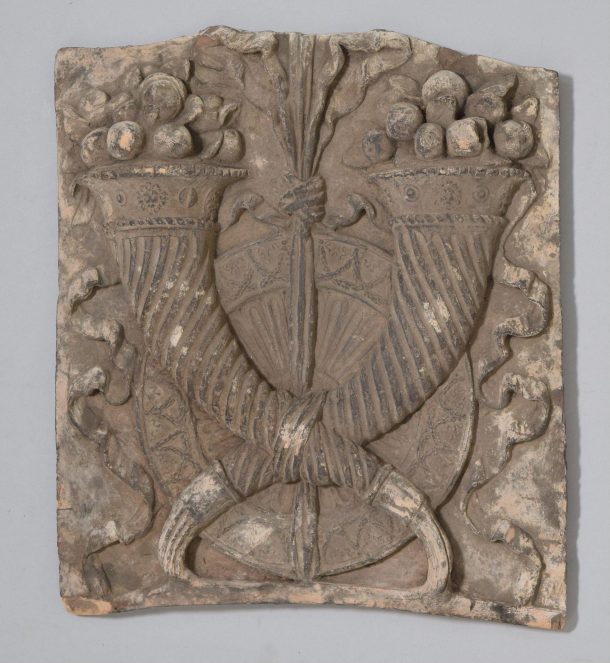
Architectural Terracotta in 16th century Britain
On the back of developments in Italy, the 16th century saw terracotta ornaments for architecture become very fashionable also Britain. They appeared on a number of upper class buildings. Hampton Court Palace as well as Cardinal Wolsey’s York Place (Whitehall) were remarkable examples.
In the V&A’s collections we have a particularly interesting group of fragments from Suffolk Place. This was a house built between 1518 and 1522 by Charles Brandon, 1st Duke of Suffolk and brother in law to Henry VIII. It stood in Southwark, now in South London. Archaeologists excavated the remains of the vast mansion in 1937.
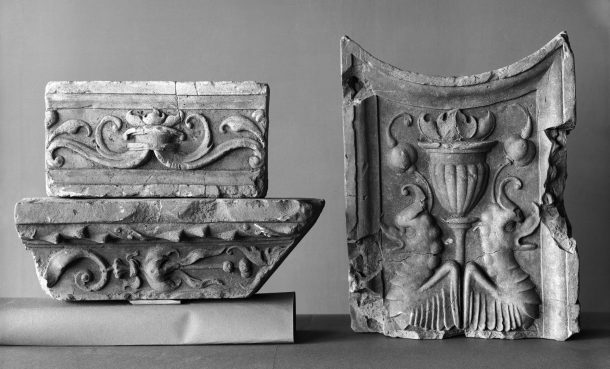
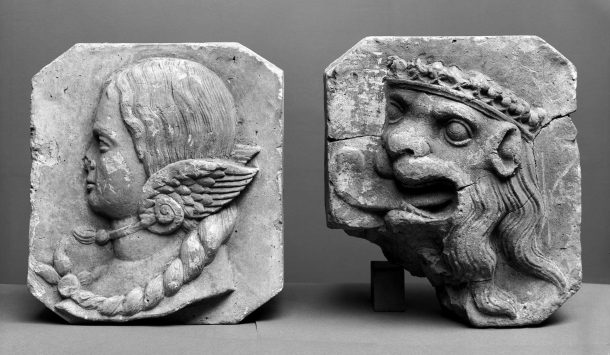
In the future posts in this series we will explore how Italian and British precedents inspired 19th century artists. We will see, in particular, what buildings such as the V&A and the Albert Hall owe to these Renaissance models. Moreover, we shall delve into the fascinating mixture of technological rediscovery and innovation introduced by the Victorians in the ancient art of terracotta production.
This post is an outcome of the Leverhulme Trust funded Project Designing the Future: Innovation and the Construction of the Royal Albert Hall. The full story of the Albert Hall’s construction will be narrated in the forthcoming monograph The Royal Albert Hall: Building the Arts and Sciences.
You can read more more about the unique characteristics and background of the Royal Albert Hall in other posts connected to the project.
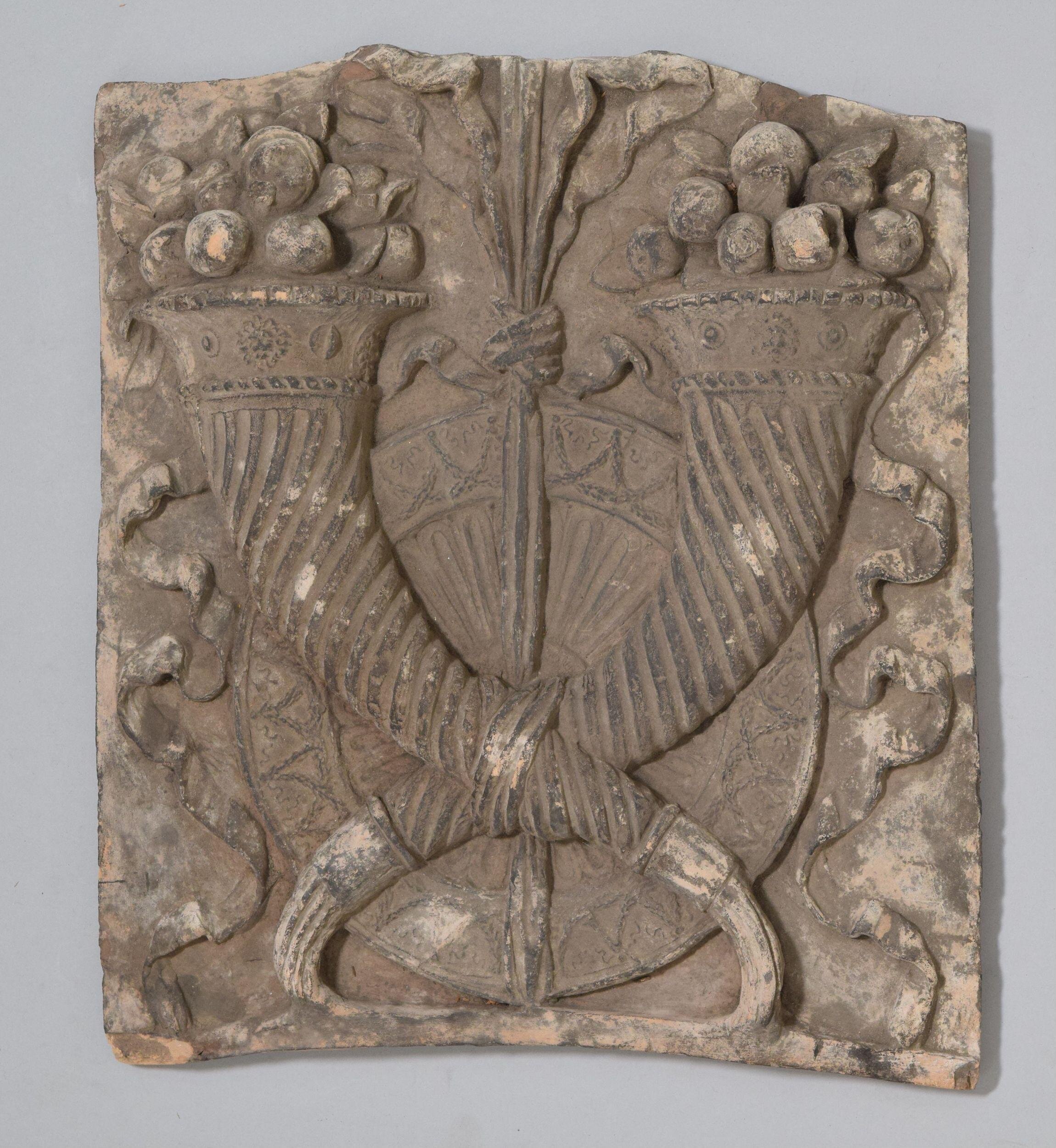

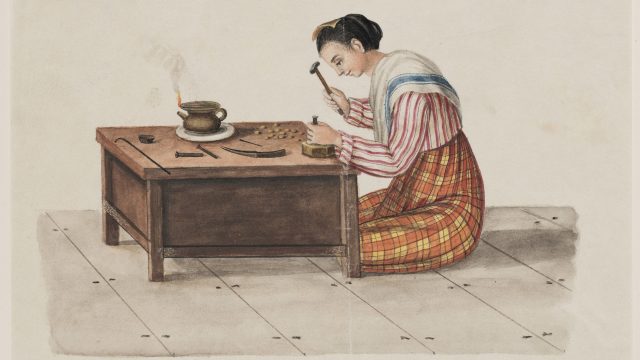
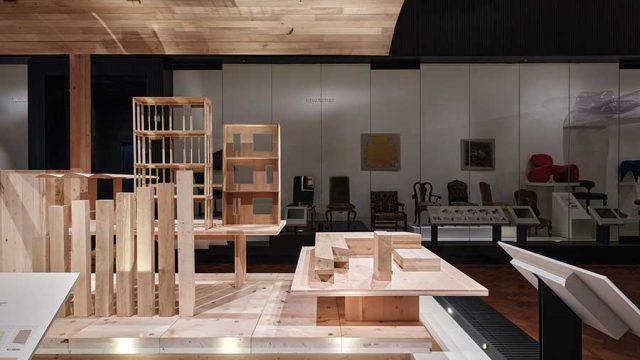
I read your article with interest as I recently acquired a piece here in the States that I believe appears to be British in design, and terracotta. I would love to send you photos by email if you would allow me to. Respectfully, John P